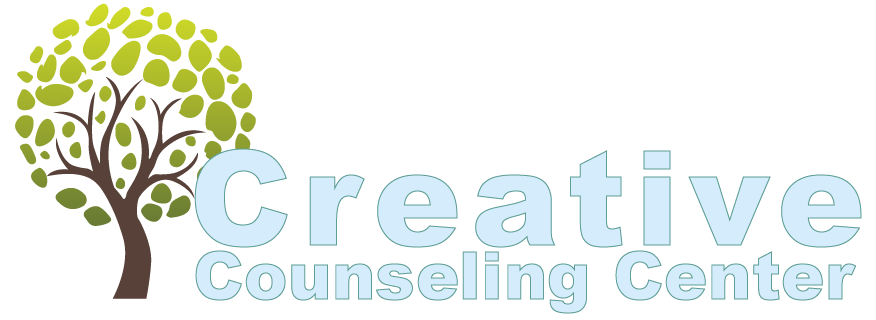Fun Therapeutic Activities for Adults
Nowadays, there are many types of therapy available to adults that go far beyond the typical in-person counseling session. Each type of therapy is unique and can be tailored to really meet the needs of the individual. Activity therapy is one of these options, where the main focus is having adult clients engage in creative endeavors that, ultimately, alter or augment their thought processes in a positive way. What makes activity therapy so popular are the enjoyable and even fun therapeutic activities for adults that can be integrated into this type of therapy.
By integrating activity therapy with traditional therapy, you can learn to shift your attention away from maladaptive thoughts as you participate in something that is physically or mentally engaging and rewarding. The longer you incorporate these therapeutic activities into your life, the more opportunity you have to reconnect with the mind and body. The end goal with activity therapy for adults is to empower you to reclaim a sense of worth and confidence in your ability to cope with adverse feelings and overcome adversity.
In addition to bringing you enjoyment, science has proven the healing benefits of therapeutic activities for adults. This is especially true for activities that allow the mind and body to relax. Below is a list of suggested therapeutic activities for adults that are worth incorporating with traditional Cognitive Behavior Therapy (CBT) or talk therapy:
Yoga
Yoga is a wonderful therapeutic activity, as it is suitable and adaptable to all abilities, from beginner to advanced. Contrary to popular belief, being flexible is not a requirement. Yoga is a powerful holistic healing approach, as it teaches mindfulness and improves connectedness with an awareness of the internal experience. It also helps you truly experience the present moment, make choices, and take effective action, all while acting as a form of moving meditation.
Journaling
Therapeutic journaling is a process of writing down thoughts, emotions, and experiences. This differs from keeping a diary, where daily events are documented. Journaling dives deeper and helps make sense of internal experiences. Writing out thoughts and feelings also enables you to express them in a way that can make it easier for you to navigate difficult circumstances and move through past trauma and pain.
Coloring
Coloring books are not just for kids! Coloring is one of the more popular therapeutic activities for adults. Being creative with art can help you explore feelings, reconcile emotional conflicts, reduce anxiety, and increase self-esteem. Coloring also gives you an opportunity to switch off your brain and focus only on the present moment.
Music
Research has found that music can have a profound effect on the body and mind. Music is used for relaxation, to gain energy when drained, and as a form of catharsis when dealing with emotional stress. It can transport you back to positive experiences, which can be both a happiness booster and a stress reliever.
Contact Creative Counseling Center
No matter the activity of choice, therapeutic activities for adults can dramatically improve the quality of life for one struggling to process their feelings or emotions. At Creative Counseling Center, our therapists integrate a variety of therapeutic activities into their sessions, based on the needs of each individual client. To learn more about activity therapy options available at Creative Counseling Center, simply complete the brief form below and a member of our team will contact you to learn more about your goals and explain how we can help you in reaching them.
Contact Us
We will get back to you as soon as possible.
Please try again later.

ABOUT THE AUTHOR
Teri Karjala is a Licensed Professional Counselor & Marriage and Family Therapist. She is the founder and Executive Director of Creative Counseling Center, LLC. Working in the field since 1999, Teri and her team of therapists specializes in counseling for those who have experienced trauma. They work with children as young as age 2, as well as teens and adolescents, adults, seniors, families, and couples.
REQUEST A FREE CONSULTATION
If you have questions about counseling, would like to find out if counseling could help you or a loved one, or are interested in learning more about our services, just complete the brief form below to request a Free Phone Consultation. A member of our team will contact you shortly. After a brief conversation, we'll determine together whether our practice is right for you and which therapist may be best suited for your specific circumstance.
Finding the right therapist, one you click with, is less about the therapist's experience and qualifications and more about the therapist's personality. So let's talk. Let us match you with a therapist you have a high likelihood of clicking with.
Fields marked with an * are required.
Contact Us
We will get back to you as soon as possible.
Please try again later.
GET SOCIAL WITH US
CONNECT WITH US
PHONE
EMAIL US
ADDRESS
6021 South Syracuse Way, Suite #216
Greenwood Village, CO 80111
OFFICE HOURS
Monday-Thursday: 8:30am-8pm
Friday: 12pm-5pm
Saturday: 12pm-4pm



